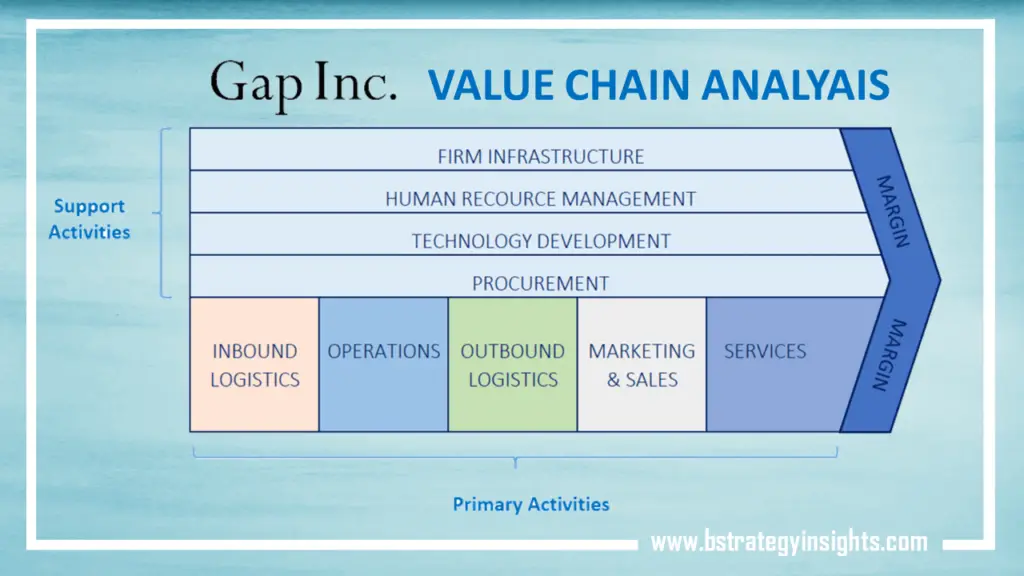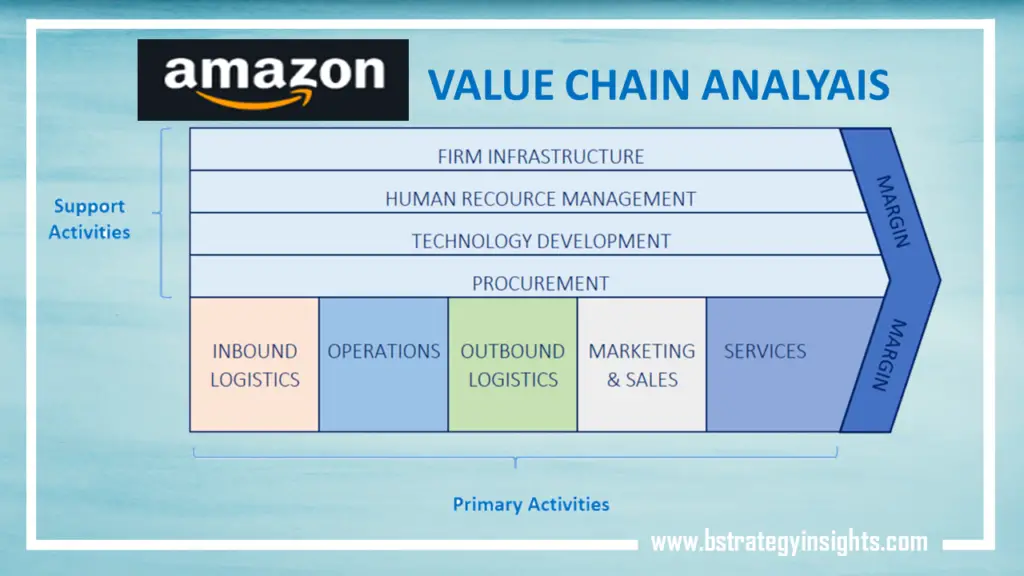
The first Gap Inc. -the retail clothing company, was founded in 1969 by Doris and Donald Fischer. The only items for sale at that time were record tapes and men’s Levi’s jeans. Next year, in 1970, they opened another store in San Jose. In three years, they established 25 stores. With time, they started labeling their products with “Gap”. In 1972 Fischers inaugurated their second retail project, namely “Pants%ff!” in San Francisco. In 1976 it became a publicly traded company with 1.2 million shares at $18 per share cost.
Gap Inc. Currently
According to the gap prediction, its store will double in the next two years, so this year Gap invested 140 million dollars in building a distribution center that would be 850,000 square ft. in Texas. If it completes in 2022, it will be able to deliver almost 1 million packages per day.
Gap’s Vision
The company does not contain any particular vision, but they are observed while saying that they are the brand builder and they are here to build the relationship with the customers by their product.
Gap Value Chain Analysis
Value chain analysis is a tool that can bring about modifications in the value chain of the company to get the profitability of good quality. There are two categories of activities that equally participate in the company’s value chain. Analyzing those activities can help boost the firm’s demand and make it competitive in the hyper-competitive market. These activities include the primary activities and the secondary activities.
Primary Activities
Primary activities are the activities from the start of production, storing and purchasing raw material from suppliers until packaging the product. These specifically include inbound logistics, operations, outbound logistics, sales and marketing, and customer services.
Inbound Logistics of Gap Inc.
Typically inbound logistics include purchasing the raw material from the supplier it’s storing and proper handling required in the production process.
According to the 2019 annual report of Gap Incorporation. They purchase merchandise from 800 dealers who are in 30 distinct countries. During the fiscal year 2019, the most significant purchase was from Vietnam and China that is 32% and 16%, respectively. The problems that the company faces during the exportation and importation of the products include financial crisis, health crisis, and in 2019 covid-19 pandemic was the serious issue. These situations or hurdles create a massive difference in the result of purchasing.
Because of the enormous purchasing, the company’s net revenue economy mainly depends on purchasing. This is the exact source in the value chain where changes can produce a considerable difference. Further, the company benefits from this value chain management; there is a need for strong relationships with the suppliers.
The Gap business largely depends on the season pattern because the sale is at its peak during holidays.
Operations of GAP Incorporation
Operations generally help in the generation of the final product. For that procedure, productive operations are required related to technology, and efficient setup and workflow structure are needed.
The business operations of Gap Inc. generally depend upon two setups.
- The stores regulated by Gap Incorporation are in Canada, the US, UK, Japan, China, Taiwan, Ireland, Hong Kong, and Mexico.
- Jap also have agreements with the franchises such as the Banana Republic which is the global apparel and accessories brand intermix which is specialized in women’s fashion, Janie and Jack; children’s apparel brand, Hill City; men’s apparel brand, etc
According to the 2020 report, 556 gap stores in North America, 117 in Europe, and 340 in Asia. By brand, there are 471 and 47 stores of the Banana Republic in North America and easier, respectively. There are 31 intermix stores in North America, 199 Athleta brands in North America, and 119 of Janie and Jack in North America.
Outbound logistics of Gap Incorporation
Outbound logistics activities are required to transfer the finished product to the consumer. These activities include the storing of the final product, distributing and providing services to the customer. The transportation of these products is also included in outbound Logistics.
Outbound logistics of Gap incorporation comprises warehousing where the final stock is stored and for shipping or the transportation of the products to the consumers. There is an enormous number of distribution centers of Gab Inc. where they keep inventory. Following are the countries where the gap Incorporation maintains the list for distribution, including California, New York, Canada, England, etc.
Marketing and sales of Gap Incorporation
The gap in corporation target the generation is young. The name of the company also referred to the generation gap of the time they have every Levi’s product. Still, later on, to differentiate themselves from the other departmental stores, they started making their own product such as jeans. The cost that is linked with the company’s advertisement, such as printing, copy, writing, etc., is also required. The price for media marketing will also be needed. According to the 2020 report of Gap Incorporation, the advertisement cost in 2019 was $687 Million.
The gap incorporation gives their online shopping customers the opportunity of shopping online for any brand with one shopping card.
Services
Gap incorporation provides the service to their consumers that they have the return policy. Now Customers can return the items bought from Gap within 45 days and the items purchased by Athleta at any time. Gap has many communication channels such as email, social media, and text messages. Customers can also give feedback anytime they want on the website.
Supportive activities
Supportive activities of a firm include procurement, Technology development, Human Resource Management, and the firm’s infrastructure. The details of each are given below.
Procurement
Purchasing of the raw material is included in procurement. They claim that they purchase the more sustainable raw material, and they give their brands the license of the best and improved sustainability. They have their standard of raw material. The fibers that gap incorporation uses to make their products are cotton, linen, wool, leather, synthetic fibers, polyester, etc.
Human resource management of Gap Incorporation
The company’s activities, such as staffing, training, development, and income of employees, are included in the human resource management.
The resource manager of Gap looks for the following activities, such as supporting the Talent accession team and hiring them. The Assistant General Manager of HR of Gap Inc. is there to interact with the administration every day and with the employees to have a follow-up on the shortages and problems that originate. The assistant manager is there to enhance productivity, and the Human Resource Assistant is there to supervise the training of the newly hired staff.
Technology development
Gap Incorporation is researching developing the technology for both their online shopping stores and the other stores.
The Firm Infrastructure
Other than supporting the individual step, the infrastructure of the firm supports the whole value chain.
Conclusion
The above activities can be used to increase the product’s value to customers by modifying after analyzing the input of each activity. The product’s value can be increased if Gap Inc. purchases high-quality raw material, which eventually leads to high-quality products. The other way to enhance profitability is to work on product delivery and avoid premature failure of products. In 2019 covid-19 pandemic was a serious issue. The Gap business largely depends on the season pattern because the sale is at its peak during holidays.


